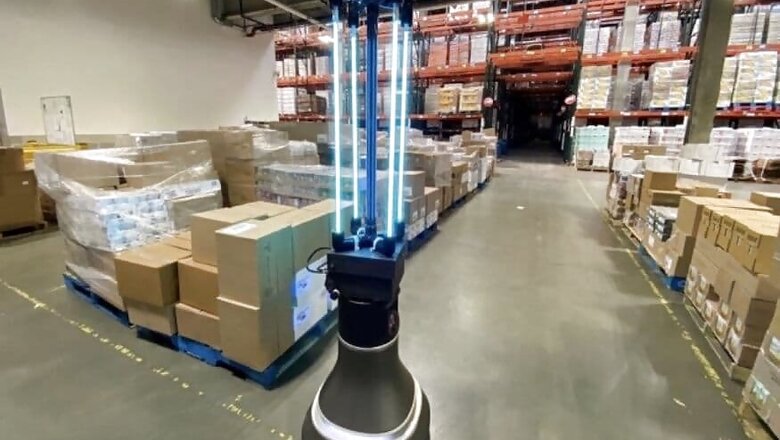
views
At a time when the fear of the Coronavirus looms large, there is now a greater focus on the unseen threats to human health. These include the droplets that emerge when we cough or sneeze, particles that remain suspended in the air for a while or on surfaces of things as well as the other viruses and bacteria that roam around in our homes. That is where the robot designed by MIT’s Computer Science and Artificial Intelligence Laboratory (CSAIL), in collaboration with Ava Robotics and the Greater Boston Food Bank (GBFB), introduces a system that powerfully disinfects surfaces and neutralizes aerosolized forms of the coronavirus too. This robot uses the UV-C light which is capable of disinfecting large floor areas in less than 30 minutes.
The UV-C light implementation has proven to be effective at killing viruses and bacteria on different types of surfaces and aerosols. Yet, it is suggested that UV-C should not come in contact with the human skin or organs. The way this robot works using Ava’s telepresence system means there is no need for human interaction or supervision when it is operational. The UV-C array uses short-wavelength ultraviolet light to kill microorganisms and disrupt their DNA in a process called ultraviolet germicidal irradiation. The developers say that the robot is capable of mapping any indoor space and navigating through it without any intervention. During testing, the researchers say they used a UV-C dosimeter to confirm that the UV-C light spread as well as the disinfection results were accurate. The first test was done at the Greater Boston Food Bank (GBFB), and robot was able to drive by the pallets and storage aisles at a speed of roughly 0.22 miles per hour. At this speed, the robot could cover a 4,000-square-foot space in GBFB’s warehouse in just half an hour.
“We are excited to see the UV-C disinfecting robot support our community in this time of need,” says CSAIL director and project lead Daniela Rus. “The insights we received from the work at GBFB has highlighted several algorithmic challenges. We plan to tackle these in order to extend the scope of autonomous UV disinfection in complex spaces, including dorms, schools, airplanes, and grocery stores.” There could be a rather large canvas of business and public spaces which could do very well with a solution such as the CSAIL robot disinfection system.













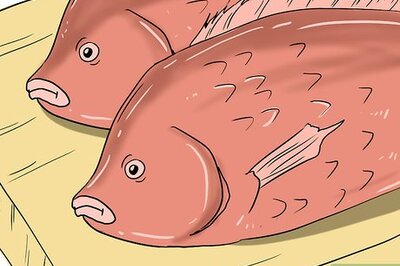
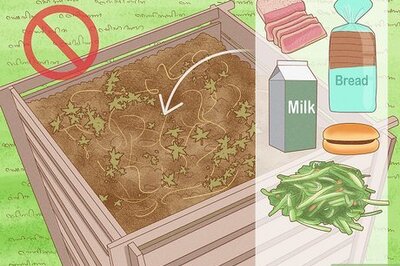
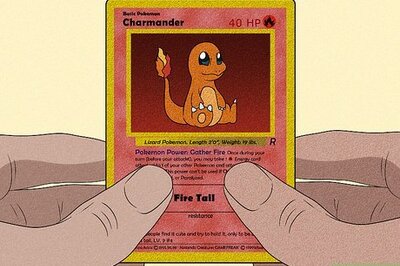

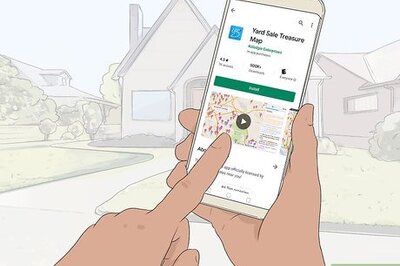
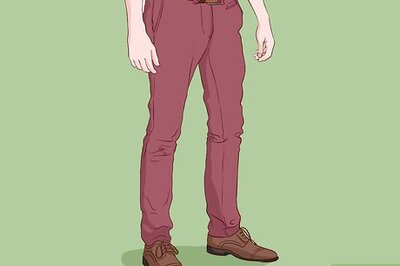
Comments
0 comment